Introduction
Fried shrimp, a culinary delight enjoyed across various cultures and cuisines, offers a delightful combination of crispy exterior and tender, flavorful interior. Whether you’re hosting a seafood feast, preparing a light appetizer, or simply indulging in a snack, fried shrimp can elevate your meal to new heights. This guide will walk you through the process of making perfect fried shrimp, from selecting the right ingredients to mastering the frying technique. By following these steps, you’ll be able to create restaurant-quality fried shrimp at home, delighting your family and friends with every bite.
Section 1: Ingredients and Preparation
Before diving into the frying process, it’s crucial to gather the necessary ingredients and prepare them properly. Here’s a detailed breakdown:
1 Selecting the Shrimp
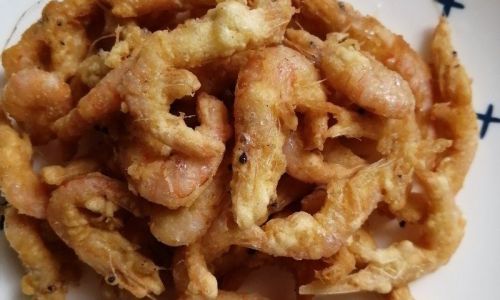
- Type of Shrimp: For frying, medium to large shrimp (about 21-30 per pound) are ideal. They offer a good balance between size and cooking time, ensuring a crispy exterior without overcooking the interior.
- Freshness: Always choose fresh or frozen shrimp that has been thawed properly. Fresh shrimp should have a mild, slightly sweet smell and firm, translucent flesh. Avoid shrimp with a strong odor or slimy texture.
- Peeling and Deveining: For fried shrimp, you’ll need to peel and devein the shrimp. This involves removing the shell, head (if attached), and the intestinal tract (the “vein”) that runs along the shrimp’s back. You can use a shrimp deveiner tool or a sharp knife for this task.
2 Seasoning and Coating
- Salt and Pepper: Basic seasoning with salt and pepper enhances the shrimp’s natural flavor.
- Breadcrumbs or Panko: For a classic crispy coating, breadcrumbs or panko (Japanese breadcrumbs) are excellent choices. Panko, in particular, offers a lighter and airier texture.
- Cornstarch or Flour: Adding a small amount of cornstarch or flour to the coating mixture can help create an even crispier exterior.
- Spices and Herbs: Feel free to experiment with additional spices and herbs such as garlic powder, paprika, cayenne pepper, or fresh parsley. These can add layers of flavor to your fried shrimp.
3 Frying Oil
- Type of Oil: Neutral oils with a high smoke point, such as peanut oil, canola oil, or vegetable oil, are best for frying. These oils can withstand high temperatures without smoking or burning, ensuring a clean flavor.
- Quantity: You’ll need enough oil to fully submerge the shrimp. A deep fryer or a large, heavy-bottomed pot works well for this purpose.
4 Optional Ingredients
- Lemon Wedges: Serving fried shrimp with lemon wedges provides a refreshing citrus burst that complements the shrimp’s flavor.
- Tartar Sauce or Dipping Sauce: A homemade tartar sauce or your favorite dipping sauce can elevate the dish further.
Section 2: Preparing the Shrimp for Frying
Once you’ve gathered all your ingredients, it’s time to prepare the shrimp for frying.
1 Pat the Shrimp Dry
After peeling and deveining the shrimp, use paper towels to pat them dry thoroughly. Moisture can cause the oil to splatter and prevent the coating from adhering properly.
2 Season the Shrimp
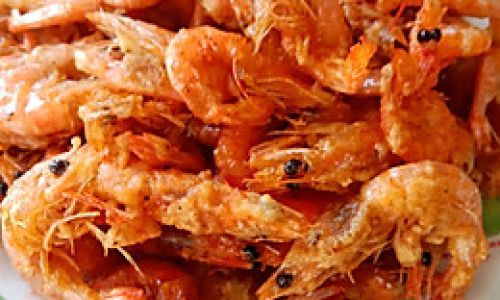
Place the dried shrimp in a bowl and season them lightly with salt and pepper. You can also add any additional spices or herbs at this stage, ensuring the shrimp are evenly coated.
3 Prepare the Coating
In a separate bowl, combine your chosen coating ingredients. For a classic breadcrumb coating, mix breadcrumbs (or panko) with a small amount of cornstarch or flour. If you prefer a lighter coating, you can use just panko. Adjust the seasoning in the coating mixture as needed.
4 Dredge the Shrimp
Working with a few shrimp at a time, dredge them in the coating mixture, pressing lightly to ensure the breadcrumbs adhere evenly. Shake off any excess coating before placing the shrimp on a plate lined with parchment paper. This will prevent the shrimp from sticking together and help maintain a crispy texture.
Section 3: Frying the Shrimp
Now that your shrimp are prepared, it’s time to fry them. Follow these steps carefully to ensure a successful outcome.
1 Heat the Oil
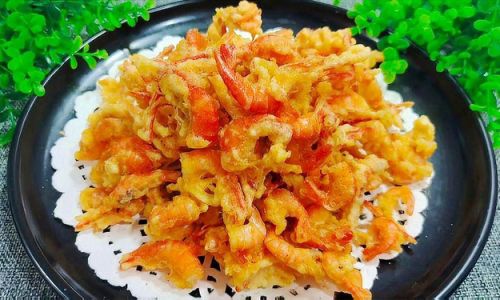
Pour the frying oil into a deep fryer or a large, heavy-bottomed pot. Heat the oil to 350°F (175°C). Use a deep-frying thermometer to monitor the temperature accurately. Maintaining the correct oil temperature is crucial for achieving a crispy exterior without overcooking the shrimp.
2 Fry the Shrimp
Working in batches to avoid overcrowding, carefully lower the coated shrimp into the hot oil using a slotted spoon or frying basket. Fry for about 1-2 minutes, or until the shrimp turn golden brown and crispy. The exact cooking time will depend on the size of the shrimp and the oil temperature.
3 Monitor the Shrimp
While the shrimp are frying, keep a close eye on them. They should turn a golden brown color and float to the surface when done. If the shrimp are browning too quickly, lower the oil temperature slightly. Conversely, if they are taking too long to cook, increase the temperature.
4 Drain and Serve
Once the shrimp are golden and crispy, use the slotted spoon or frying basket to remove them from the oil. Let them drain on a plate lined with paper towels to remove any excess oil. This will help keep them crispy and prevent greasiness.
Section 4: Serving and Enjoying Your Fried Shrimp
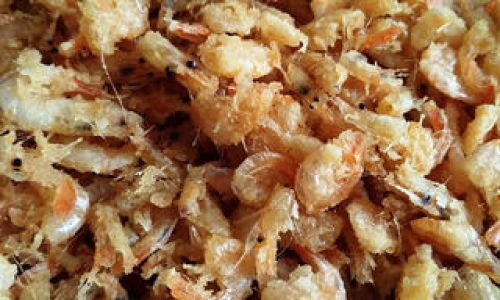
Now that your fried shrimp are perfectly cooked, it’s time to serve and enjoy them.
1 Garnish and Serve
Arrange the fried shrimp on a serving platter, and garnish with lemon wedges, fresh parsley, or your favorite herbs. A sprinkle of additional salt and pepper can enhance their flavor further.
2 Pair with Dipping Sauces
Serve your fried shrimp with a variety of dipping sauces to cater to different tastes. Tartar sauce, cocktail sauce, remoulade, or even a simple mixture of mayonnaise and ketchup can be delightful.
3 Enjoy Your Creation
Finally, sit down and enjoy the fruits of your labor. Take a bite of the crispy fried shrimp, savoring the combination of textures and flavors. Pair them with a refreshing beverage, and enjoy the meal with friends and family.
Section 5: Tips and Tricks for Perfect Fried Shrimp
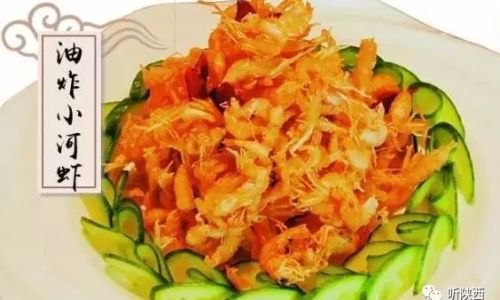
Achieving perfect fried shrimp takes practice, but these tips and tricks can help you get closer to your goal:
- Use Fresh Ingredients: Fresh shrimp make a significant difference in taste and texture.
- Pat Dry: Ensuring the shrimp are dry before coating helps the breadcrumbs adhere better and prevents splattering.
- Maintain Oil Temperature: Keep the oil at the correct temperature to ensure even cooking and a crispy exterior.
- Don’t Overcrowd: Frying in batches prevents the oil temperature from dropping, ensuring each batch of shrimp cooks evenly.
- Rest Before Serving: Allowing the fried shrimp to rest for a few minutes after frying can help them retain their crispiness.
- Experiment with Coatings: Try different coatings, such as seasoned flour, cornmeal, or even crushed nuts, to find your favorite texture and flavor.
Conclusion
Making crispy fried shrimp at home is a rewarding culinary endeavor that can result in delicious, restaurant-quality dishes. By following the steps outlined in this guide, from selecting the right ingredients to mastering the frying technique, you’ll be able to create fried shrimp that are sure to impress. Whether you’re serving them as an appetizer, a main dish, or a snack, fried shrimp offer a delightful combination of flavors and textures that are sure to delight your taste buds. So, gather your ingredients, roll up your sleeves, and start frying! Your taste buds will thank you.
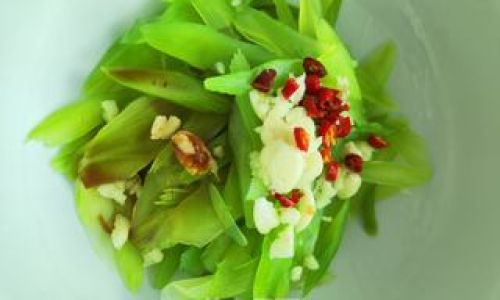

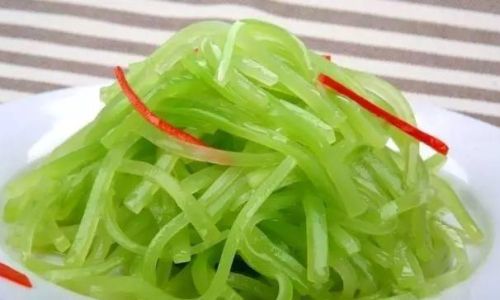
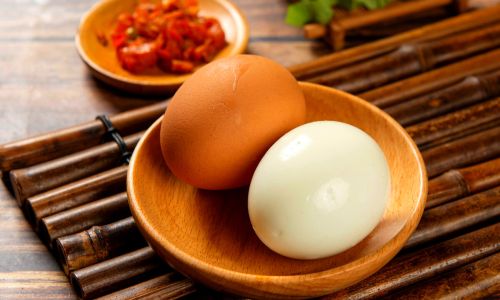
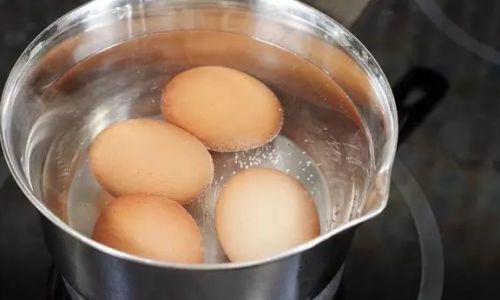
0 comments